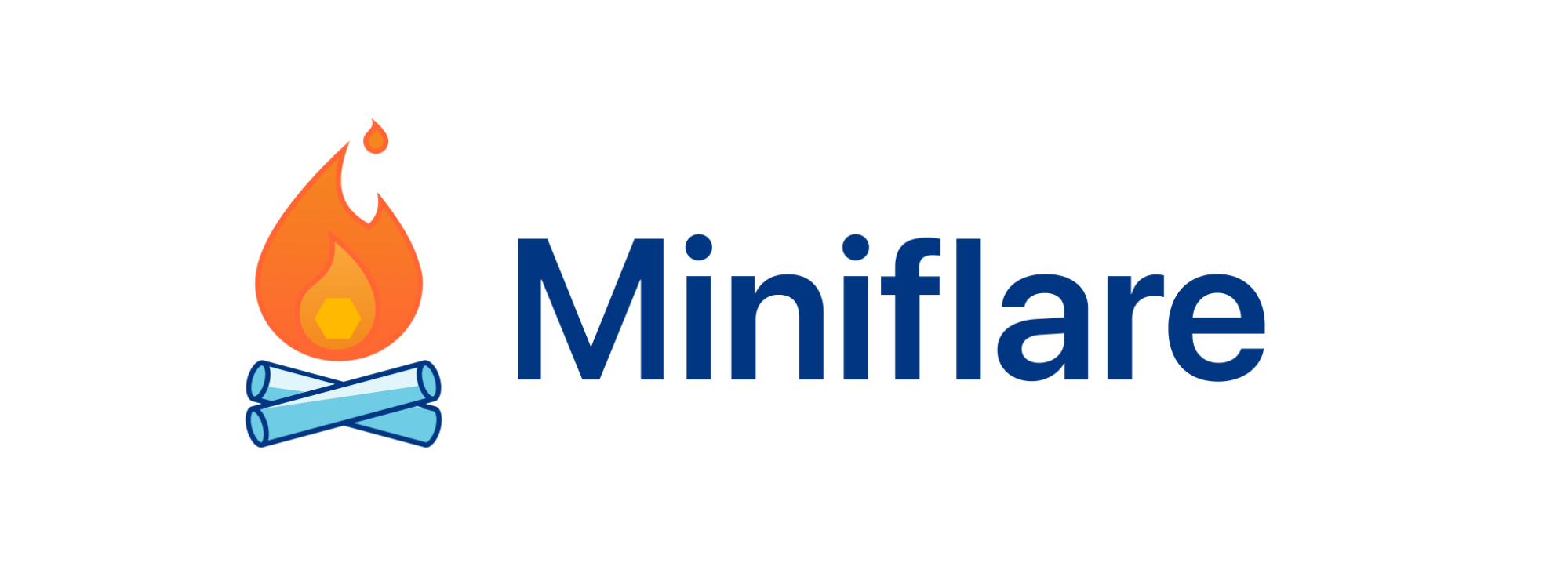Running OSPF over Unnumbered Ethernet Interfaces
Remember the unnumbered IP interfaces saga? Let’s conclude with the final challenge: can we run link-state routing protocols (OSPF or IS-IS) over unnumbered interfaces?
Quick answer: Sure, just use IPv6.
Cheater! IPv6 doesn’t count. There are no unnumbered interfaces in IPv6 – every interface has at least a link-local address (LLA). Even more, routing protocols are designed to run over LLA addresses, including some EBGP implementations, allowing you to build an LLA-only network (see RFC 7404 for details).
OK, what about IPv4?
TL&DR: It works, but…











